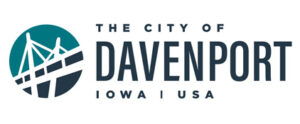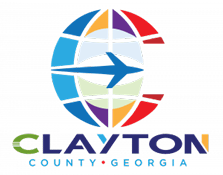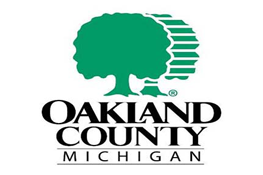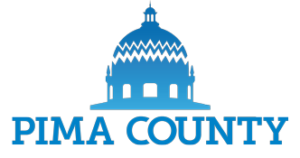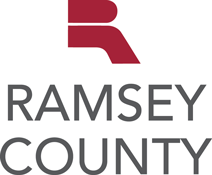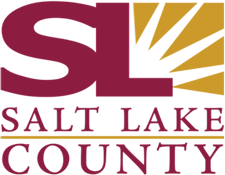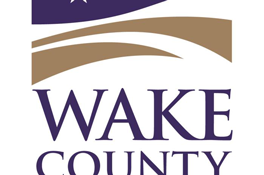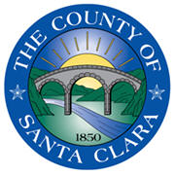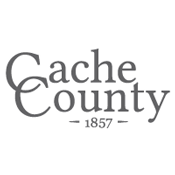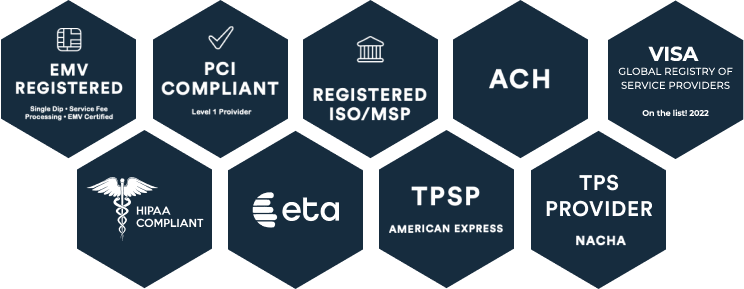What Is an ACH Payment? An Overview
An ACH (Automated Clearing House) payment is an all-digital transfer of funds between bank accounts, without using a traditional card- or paper-based transaction, through the ACH network. ACH payments, also called direct payments, use the secure ACH network for bank-to-bank transfers for various financial transactions, including:
- Direct deposits
- Bill payments
- Business-to-business (B2B) payments
- Person-to-person (P2P) payments
ACH payments are a quick, cost-effective, and efficient payment processing system that enables electronic transfers between bank accounts in the United States. ACH payment processing is crucial in facilitating business, individual, and government transactions.
In the context of government-citizen interactions, governments leverage ACH payment systems to accept and disburse funds promptly and securely. These transfers contribute to modernizing financial services in the public sector, offering a more convenient way for citizens to make payments or receive deposits directly into their bank accounts.
Benefits of ACH Payments
ACH transactions provide a convenient alternative to other payment processing methods. The adoption of ACH payments brings a host of advantages that streamline financial processes, including:
- Automation and simplification. ACH payment processing is automated, reducing the need for manual intervention in each transaction.
- Cost savings. ACH processing minimizes processing and administrative expenses for a more cost-effective alternative to paper-based methods.
- Efficiency. ACH transactions are processed in batches, effectively streamlining funds transfers compared to manual methods.
- Improved accuracy. ACH payments reduce the risk of errors associated with manual and paper-based transactions.
- Reduced processing time. The ACH payment processing time provides a faster alternative to typical check-clearing processes—just one to two business days.
- Enhanced security. ACH systems adhere to stringent security measures to protect sensitive financial information.
ACH Payments in the Public Sector
ACH payment processing is particularly advantageous in the public sector. These systems offer specific benefits for governments and the citizens they serve:
- Citizens enjoy the convenience of receiving ACH deposits from government organizations, such as tax refunds or benefit payments, directly into their accounts.
- Government entities can efficiently disburse funds using ACH systems, which is especially helpful for large-scale benefit programs.
- Allowing ACH payments for utility and service fees makes it convenient for citizens to pay online or set up recurring payments.
- In times of disaster or emergency, governments can quickly disburse relief funds to affected communities.
- The robust ACH security measures are crucial when handling sensitive government disbursements and citizen financial data.
ACH payments eliminate the need for physical checks or credit card entry, instead offering direct transfers and eCheck payment processing. This ability to streamline financial transactions between organizations and individuals provides faster access to funds in a more effective and secure environment.
Common Challenges in ACH Payment Processing
Using ACH payments offers numerous advantages, but it does come with a set of challenges. Here are some factors that can hinder the smooth operation of ACH payment processing.
Reliance on Banking Infrastructures
ACH payments depend on the stability of banking frameworks. Outages, glitches, or disruptions in banking networks can impact the timely processing of ACH transactions.
Risk of Account Overdrafts
ACH transactions can sometimes lead to unexpected deductions, often with recurring payment schedules. Because of a lack of real-time balance updates, careful account management is crucial to avoid overdrafts.
Variability in Processing Times
ACH payment processing is generally faster than paper-based methods. However, for various reasons, some ACH transactions may take longer than expected, impacting the predictability of fund transfers on both sides of the transaction.
Delays in Transaction Reversals or Disputes
ACH transactions involve multiple parties. Once initiated, ACH payments can be challenging to reverse. Errors and disputes may be time-consuming to resolve, as reversing a transaction requires coordination between banks, organizations, and consumers.
Changes in Compliance and Regulatory Requirements
ACH transactions are subject to various regulatory requirements and compliance standards. Some industries and sectors may also require adherence to a set of additional regulations. Adapting to changes in these regulations can be challenging for financial institutions and organizations alike.
Complex Integration with Existing Systems
Organizations may face complexities when integrating ACH payment systems with existing financial or accounting systems. These complications can cause disruptions in workflow or data consistency.
Fortunately, overcoming these challenges is possible through collaborative efforts and constant monitoring. By navigating the ACH payment process carefully, organizations can mitigate any potential issues and maximize the benefits of adopting ACH payment systems.
ACH Payments: 8 Government-Community Scenarios
ACH payments are a significant component in the modernization of government financial processes. From increased efficiency to better delivery of services, ACH systems prove invaluable in several scenarios:
1. Social Security and Pension Payments
Scenario: Governments face the task of quickly and securely distributing Social Security benefits, pensions, or other forms of financial aid to citizens.
ACH Benefit: ACH payment systems offer a secure, efficient, and timely method for directly depositing funds into citizens’ bank accounts.
2. Salaries and Wages of Government Employees
Scenario: Governments must process payroll for employees, whether federal, state, or local.
ACH Benefit: ACH systems guarantee direct, secure deposit of salaries and wages into the bank accounts of government employees for faster access to compensation.
3. Tax Refunds
Scenario: Governments must reimburse citizens for overpaid taxes.
ACH Benefit: Direct ACH deposit from government entities for tax refunds ensures prompt delivery to citizens, eliminating the risks and delays involved in issuing paper checks.
4. Vendor and Supplier Payments
Scenario: Government organizations engage with various vendors and suppliers for goods and services needed to sustain operations.
ACH Benefit: Utilizing ACH payment processing ensures accurate and timely vendor payments, which supports positive vendor relationships.
5. Subsidies and Grants
Scenario: Governments extend subsidies or grants to individuals or organizations for purposes like education, agriculture, or small businesses.
ACH Benefit: ACH payments efficiently deliver funds directly to recipients’ accounts, reducing processing delays.
6. Utility and Service Payments
Scenario: Citizens make payments for government services, such as utilities, licensing fees, or permits.
ACH Benefit: ACH transactions facilitate a convenient payment experience, enabling online and recurring payments in a user-friendly manner.
7. Disaster Relief Funds
Scenario: Governments must urgently disburse disaster relief funds to affected communities.
ACH Benefit: ACH payments expedite the delivery of crucial funds during emergencies, supporting recovery.
8. Tuition and Educational Payments
Scenario: Students pay tuition and fees to government-run educational institutions.
ACH Benefit: ACH payments enable students and their families to make direct payments from their bank accounts, reducing paperwork and administrative tasks.
Governments benefit from ACH transactions through reduced processing costs, lower administrative overhead, and increased financial efficiency for financial departments. With their inherent traceability, ACH payments allow governments to track and report financial transactions accurately, which helps to monitor the flow of funds.







